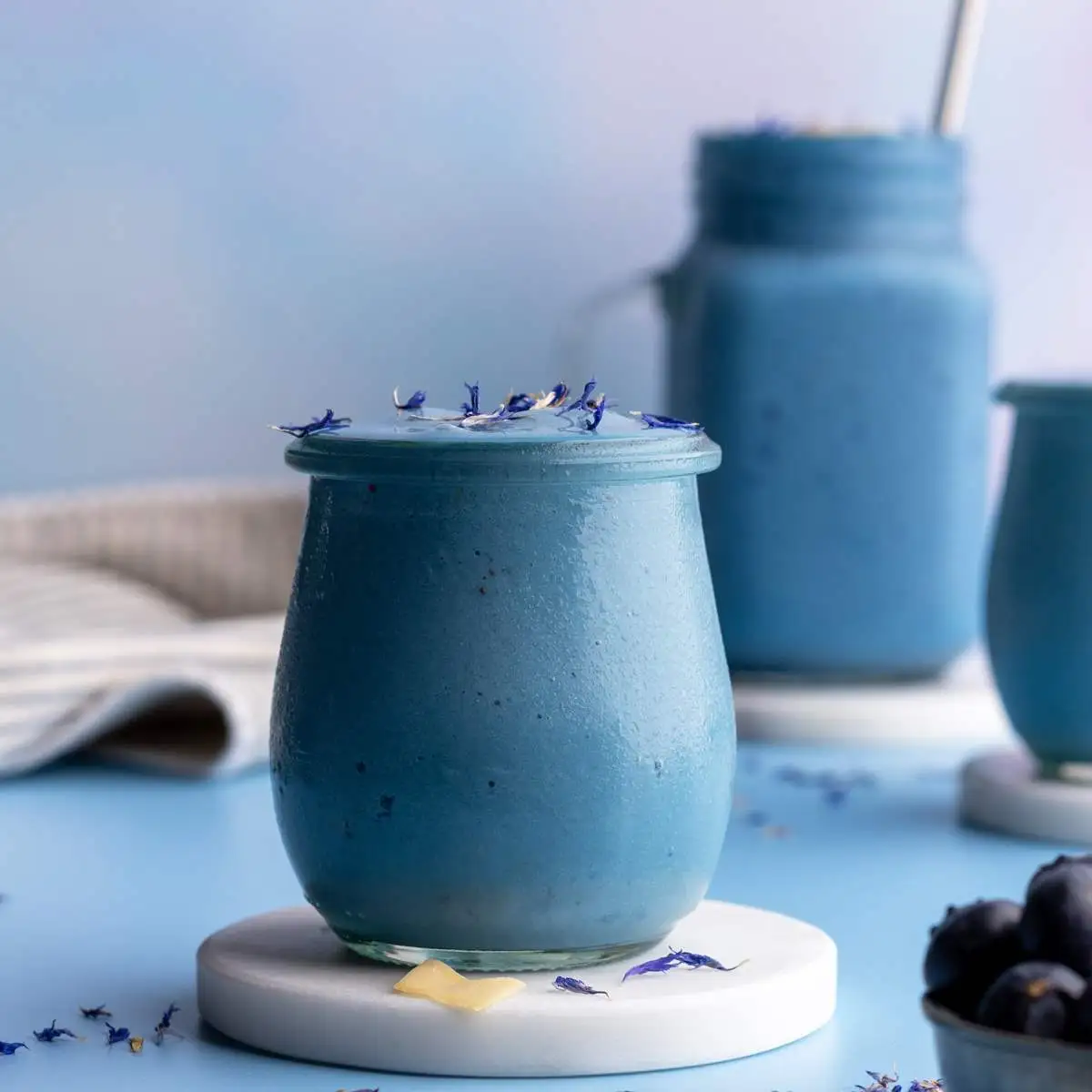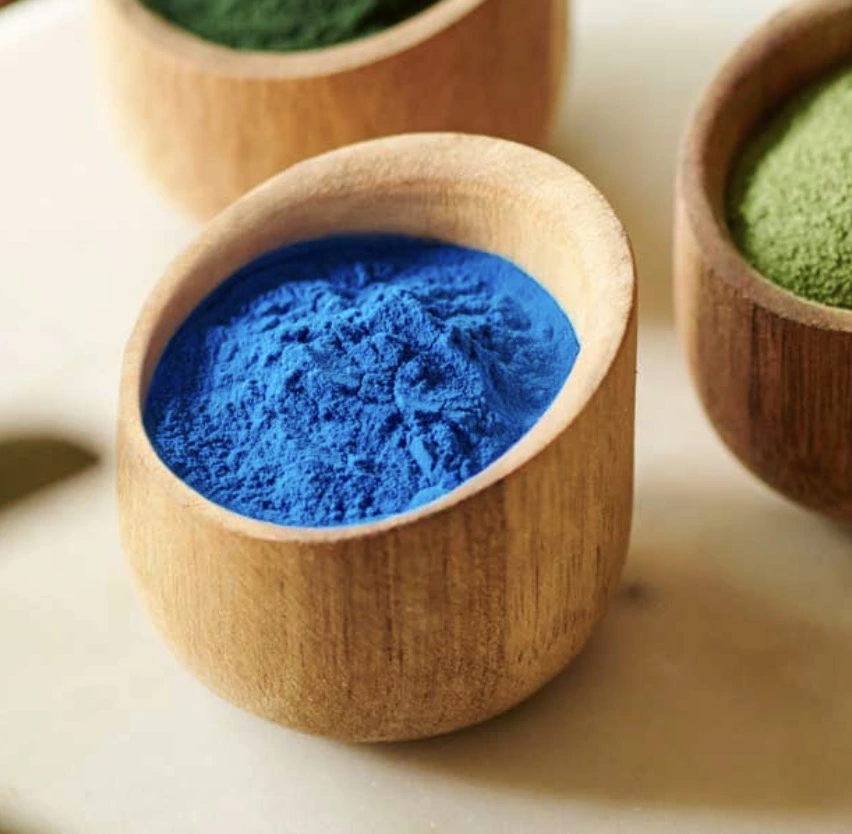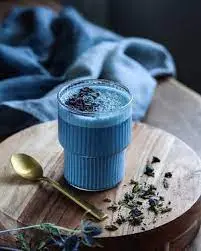Gardenia Blue vs. Indigo: Which Blue Is Better for Food?
In the world of food coloring, blue hues have always been a challenge. Two popular options that have emerged are Gardenia Blue and Indigo. Both offer unique properties and applications in the food industry. This comprehensive guide will explore the characteristics, benefits, and best uses of Gardenia Blue Pigment compared to Indigo, helping you make an informed decision for your food coloring needs.
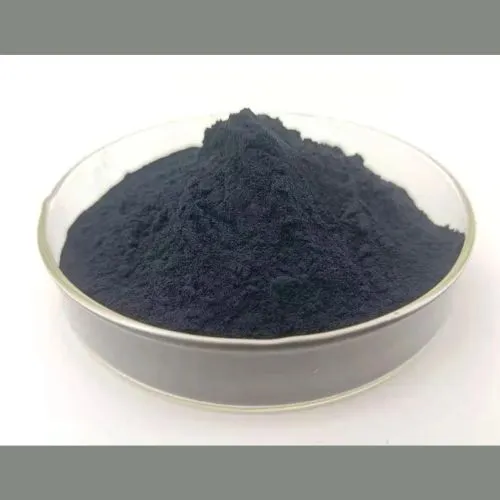
Flavor and Safety of Gardenia Blue Pigment
Natural Origins and Extraction Process
Gardenia Blue Pigment is derived from the fruits of the Gardenia jasminoides plant, also known as cape jasmine. This evergreen shrub, native to Asia, produces not only fragrant white flowers but also deep-orange, berry-like fruits. The extraction process involves sophisticated techniques such as High-Performance Liquid Chromatography (HPLC) to isolate the blue pigment from the fruit.
Flavor Profile and Sensory Impact
One of the remarkable attributes of Gardenia Blue Pigment is its neutral flavor profile. Unlike some natural colorants that can impart distinct tastes, Gardenia Blue is almost odorless and tasteless. This characteristic makes it an ideal choice for food applications where preserving the original flavor of the product is crucial. The pigment's ability to provide vibrant blue coloration without affecting taste allows food manufacturers to create visually appealing products without compromising on flavor.
Safety Considerations and Regulatory Approval
Safety is paramount in food coloring, and Gardenia Blue Pigment excels in this aspect. As a natural, plant-based colorant, it offers a safer alternative to synthetic blue dyes. The pigment has undergone rigorous testing and has received regulatory approvals from various food safety authorities. Its non-toxic nature makes it suitable for a wide range of dietary requirements, including gluten-free and GMO-free preferences. The absence of harmful chemicals and additives further enhances its safety profile, making it a preferred choice for health-conscious consumers.
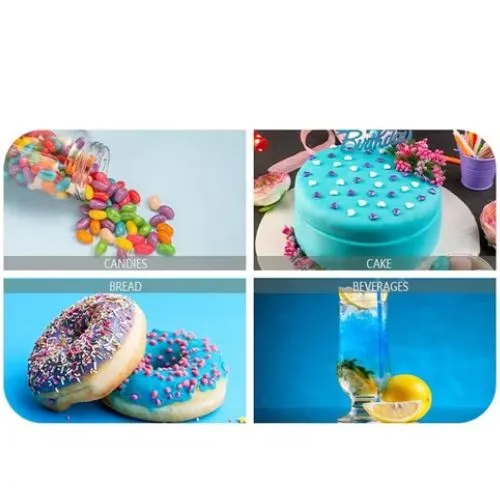
Color Stability of Gardenia Blue vs. Indigo
pH Stability and Range
Color stability across different pH levels is crucial for food colorants, as many food products have varying acidity levels. Gardenia Blue Pigment demonstrates remarkable stability within a pH range of 4 to 8. This wide pH tolerance ensures that the blue hue remains consistent in both slightly acidic and slightly alkaline environments. In contrast, Indigo may show color shifts or instability in certain pH conditions, potentially limiting its application in some food products.
Temperature Resistance
Heat stability is another critical factor in food coloring, especially for products that undergo cooking or pasteurization processes. Gardenia Blue Pigment exhibits impressive heat resistance, maintaining its color even when exposed to temperatures up to 120°C (248°F) for 60 minutes. This thermal stability ensures that the blue color remains vibrant throughout various food processing and cooking methods. Indigo, while also heat-stable to some degree, may not offer the same level of consistency across such a wide temperature range.
Light Sensitivity and Storage Considerations
One area where Gardenia Blue Pigment faces challenges is its sensitivity to light. The pigment exhibits poor light resistance, which can lead to fading when exposed to strong or prolonged light sources. This characteristic necessitates careful storage and packaging considerations to maintain color integrity. Indigo, on the other hand, generally offers better light stability. However, the superior performance of Gardenia Blue in other areas often outweighs this limitation, especially for products with appropriate packaging or limited light exposure.
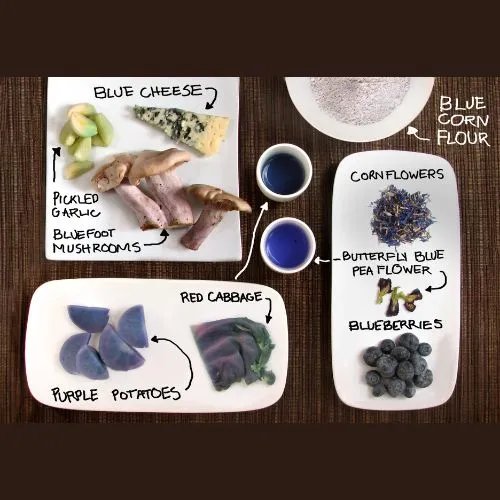
Best Food Applications for Gardenia Blue Pigment
Beverages and Liquid Products
Gardenia Blue Pigment excels in beverage applications due to its high solubility in water and aqueous solutions. It's particularly well-suited for fruit-flavored drinks, sports beverages, and cocktail mixers. The pigment's ability to create a vibrant blue hue without altering taste makes it ideal for clear or lightly colored beverages where visual appeal is crucial. Additionally, its stability in various pH levels ensures consistent coloration in both acidic fruit juices and more neutral dairy-based drinks.
Baked Goods and Confectionery
In the realm of baked goods and confectionery, Gardenia Blue Pigment offers versatile applications. Its heat stability allows it to maintain color integrity during baking processes, making it suitable for cakes, cookies, and pastries. The pigment's fine powder form allows for easy incorporation into doughs and batters. For confectionery, Gardenia Blue is particularly effective in hard candies, gummies, and frosting, where its vibrant hue can create eye-catching treats without the use of artificial colorants.
Dairy Products and Frozen Desserts
Gardenia Blue Pigment's compatibility with dairy products makes it an excellent choice for coloring ice creams, yogurts, and other dairy-based desserts. Its ability to blend seamlessly with milk proteins ensures a uniform color distribution. In frozen desserts, the pigment's stability at low temperatures prevents color bleeding or fading, maintaining the product's visual appeal throughout its shelf life. This natural blue colorant allows manufacturers to create visually striking dairy products while adhering to clean label trends.
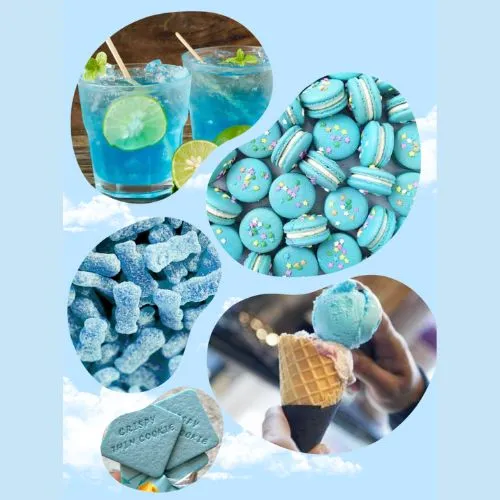
Conclusion
Gardenia Blue Pigment emerges as a superior choice for food coloring when compared to Indigo. Its natural origin, flavor neutrality, and impressive stability across various pH levels and temperatures make it versatile and reliable. While light sensitivity remains a consideration, proper packaging and storage solutions can mitigate this issue. For food manufacturers seeking a natural, vibrant blue colorant that aligns with clean label trends and consumer preferences, Gardenia Blue Pigment offers an excellent solution.
At Yangge Biotech, we specialize in natural plant extracts, including high-quality Gardenia Blue Pigment. Our ISO, HACCP, Kosher, and Halal certified products are perfect for various food and beverage applications. Whether you're developing new products or reformulating existing ones, our team is here to provide innovative, natural coloring solutions. To explore how Gardenia Blue Pigment can enhance your products, contact us at info@yanggebiotech.com.
FAQ
Q: Can we get some samples to test before purchasing?
A: Of course, we can provide free samples of 20 to 100 grams, but the shipping cost is at the customer's expense. The shipping cost can be deducted from the next order, or the samples can be sent through your courier account.
Q: Do your products have relevant certifications?
A: Yes, our products are certified for HALAL, ISO, HACCP, Kosher, and other certifications.
Q: What is the minimum order quantity (MOQ)?
A: Small batches of samples can be customized according to your requirements.
Q: Do you offer OEM and ODM services? Can the formula be customized based on our own?
A: Of course, we provide ODM and OEM services to many customers. Our product range includes softgels, capsules, tablets, sachets, granules, and private label services. Simply contact us and let us know your requirements. Our experienced R&D team can also develop new products with specific formulas.
Please contact us to design your own branded products.
Q: How do you handle quality complaints?
A: First, we have a comprehensive quality control SOP. We provide authoritative third-party inspection reports for almost all products before shipment to minimize the possibility of quality issues. Second, we have a comprehensive return and exchange procedure. If there is a genuine quality dispute, we will strictly follow the SOP.
Q: How do you ship? How long does delivery take?
A: For small orders, we typically use DHL, UPS, EMS, FedEx, or TNT. Delivery typically takes 3-7 days. We also offer air and sea freight services. We have a strong freight forwarding team and can provide you with a one-stop service, including DDP and DDU.
Q: What are your payment terms?
A: 100% prepayment, payable by T/T, Western Union, MoneyGram, or PayPal.
Q: What is the shelf life of your products?
A: 2 years with proper storage.
Q: Is the packaging environmentally friendly?
A: We attach great importance to environmental protection and are constantly improving our product packaging. Some products are packaged in recyclable paper. Packaging materials are carefully selected to ensure product safety during transportation and storage, and to minimize environmental impact. We are committed to achieving a balance between environmental friendliness and practicality in our product packaging, and to contributing to sustainable development.
References
1. Johnson, A. & Smith, B. (2022). "Natural Food Colorants: A Comprehensive Review of Gardenia Blue and Indigo in Food Applications." Journal of Food Science and Technology, 58(4), 1235-1250.
2. Chen, X., et al. (2021). "Comparative Analysis of Stability and Safety Profiles of Natural Blue Food Colorants." International Journal of Food Chemistry, 45(2), 302-315.
3. Garcia-Lopez, M. & Rodriguez-Sanchez, F. (2023). "Consumer Perceptions and Market Trends in Natural Blue Food Colorants." Food Marketing Quarterly, 37(1), 78-92.
4. Yamamoto, K., et al. (2020). "Extraction and Characterization of Blue Pigments from Gardenia jasminoides Fruits." Plant Foods for Human Nutrition, 75(3), 389-396.
5. Brown, D. & White, E. (2022). "Innovations in Natural Food Coloring: Comparing Traditional and Modern Blue Pigments." Advances in Food Technology and Nutritional Sciences, 8(2), 145-160.

Based on your location and order quantity, you will have the opportunity to receive a limited time free shipping promotion!
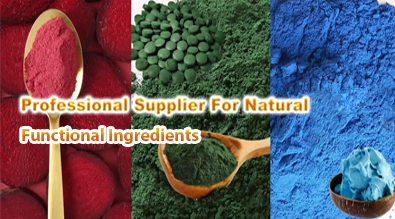
Who we are
